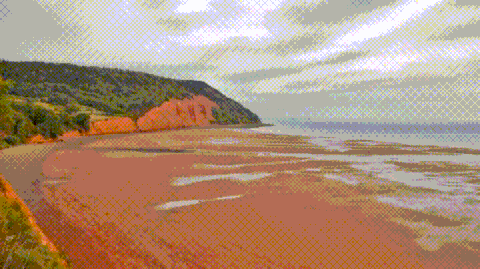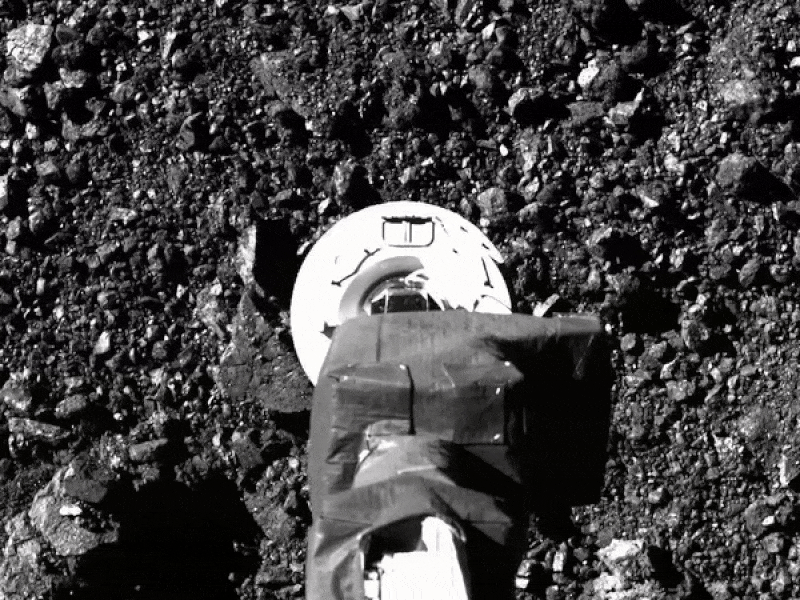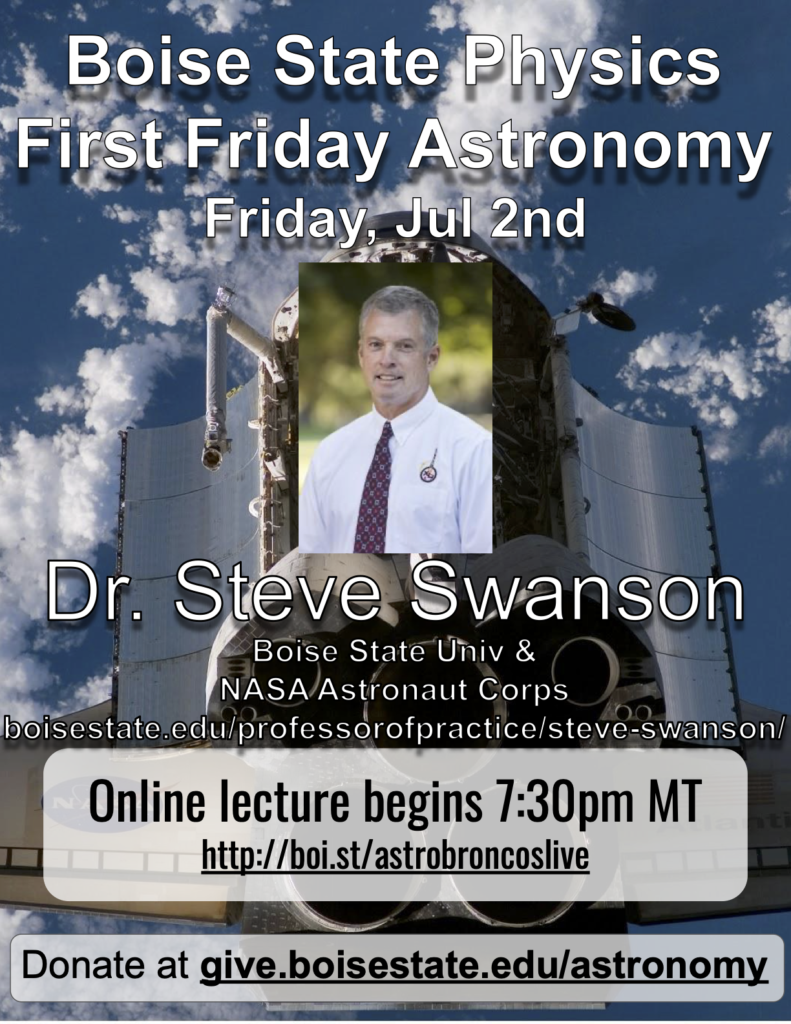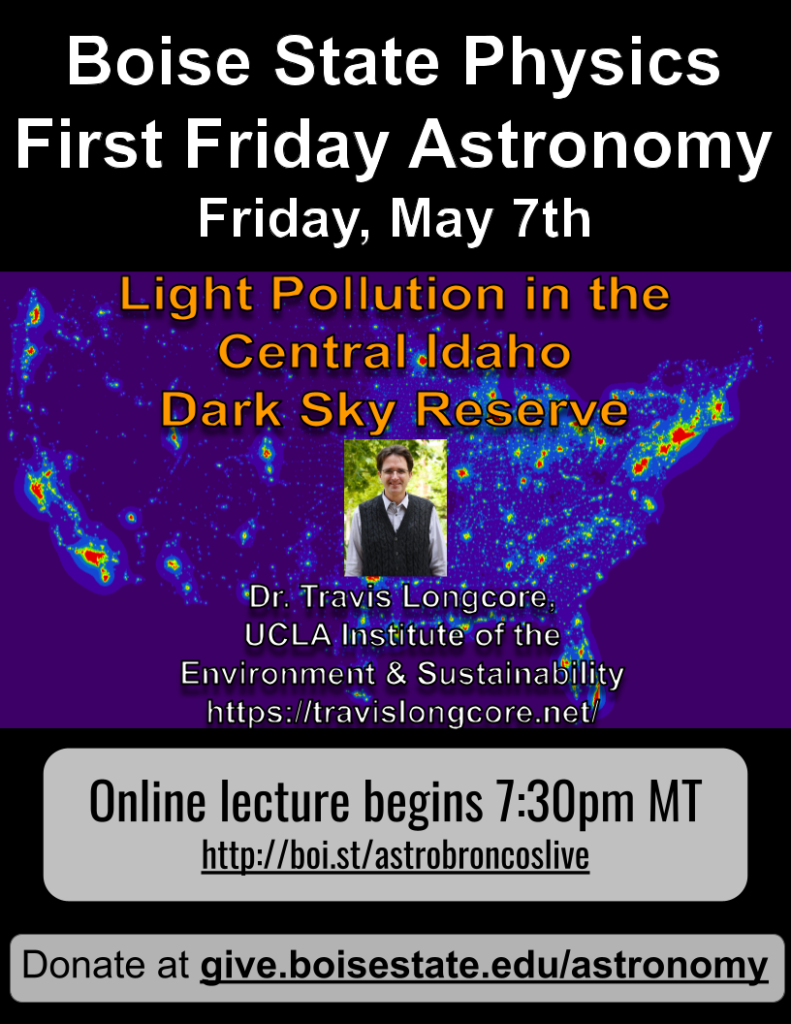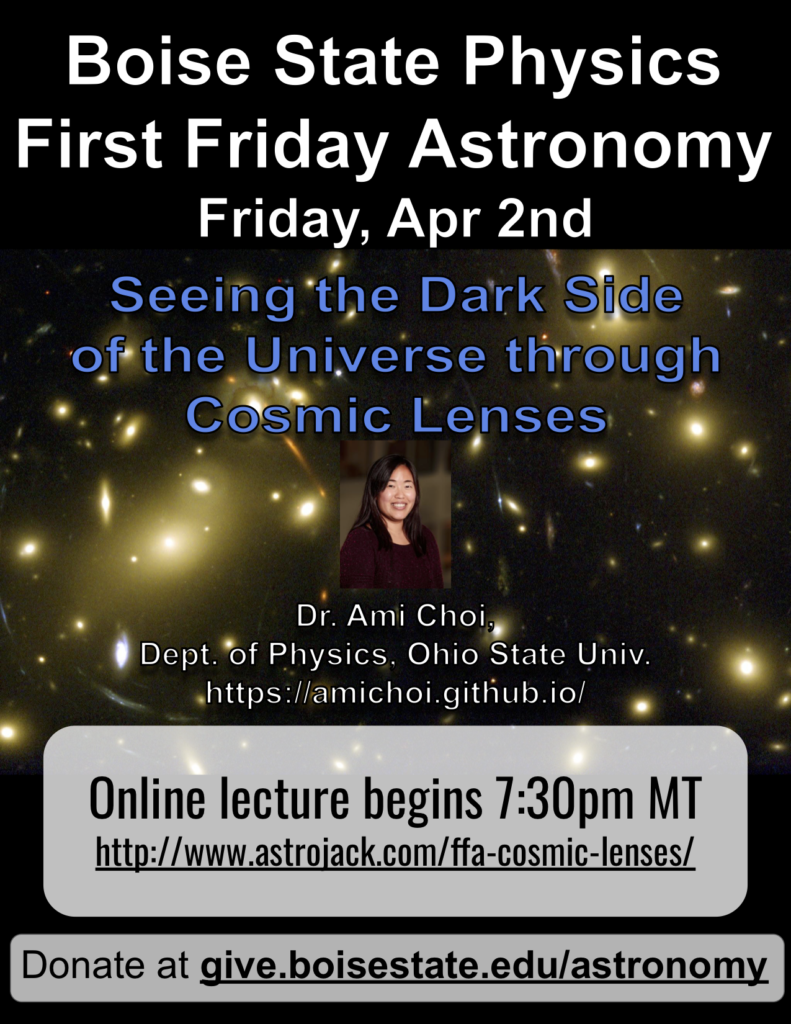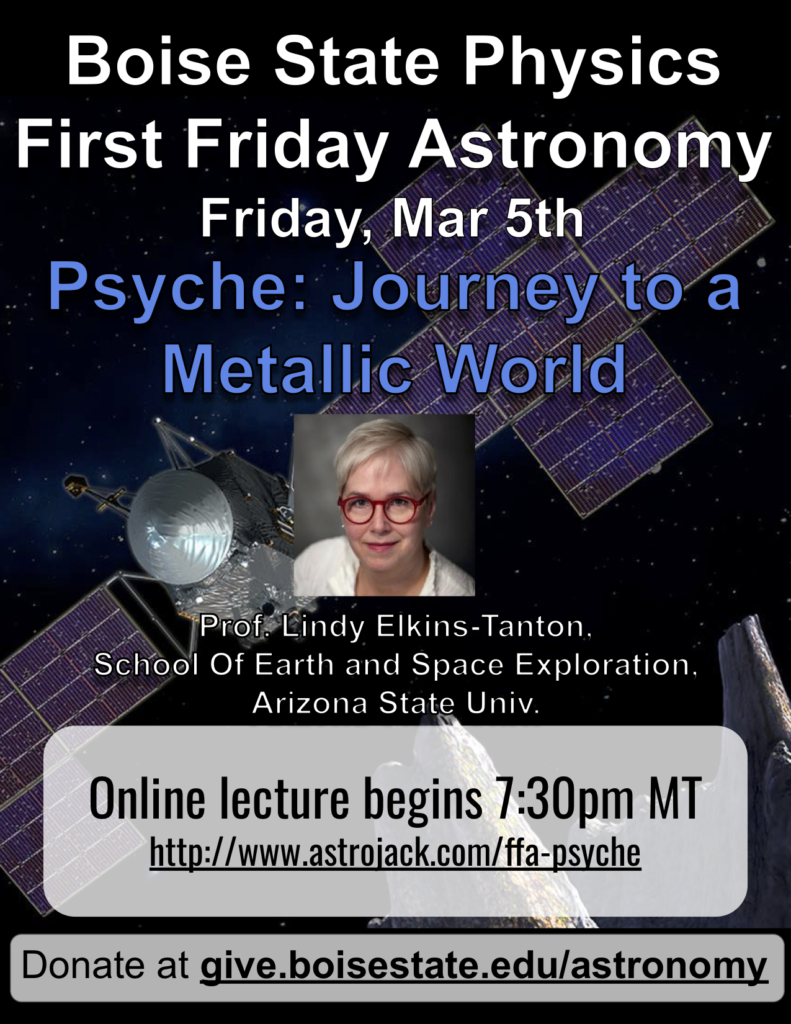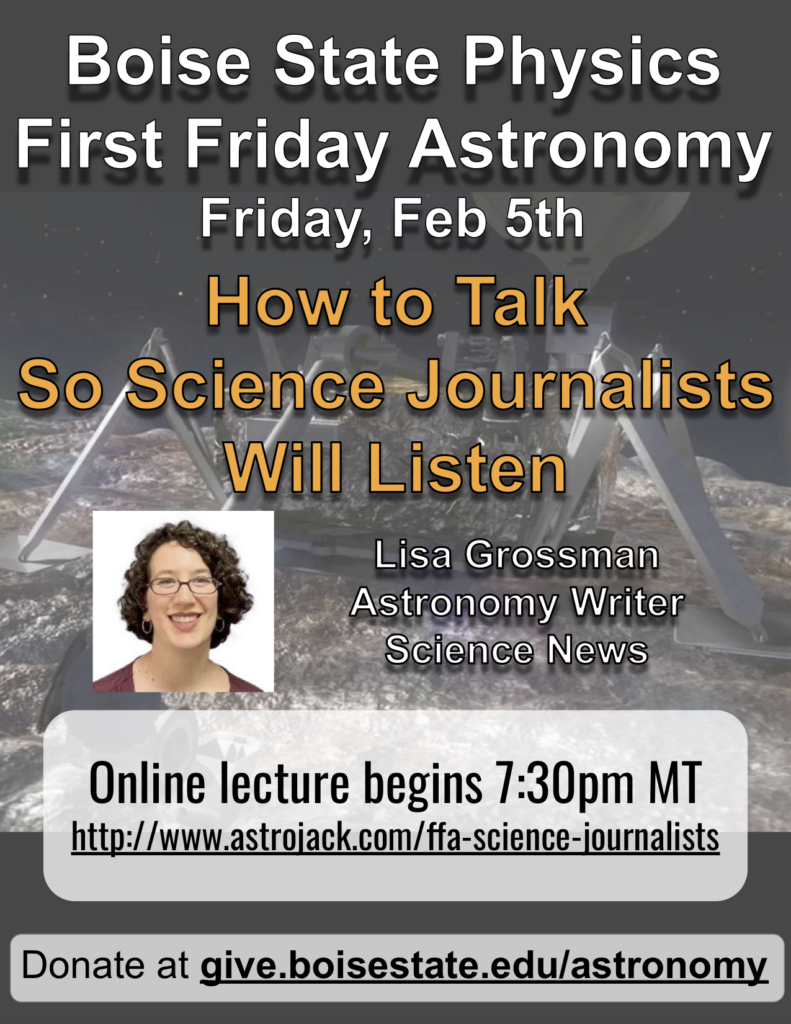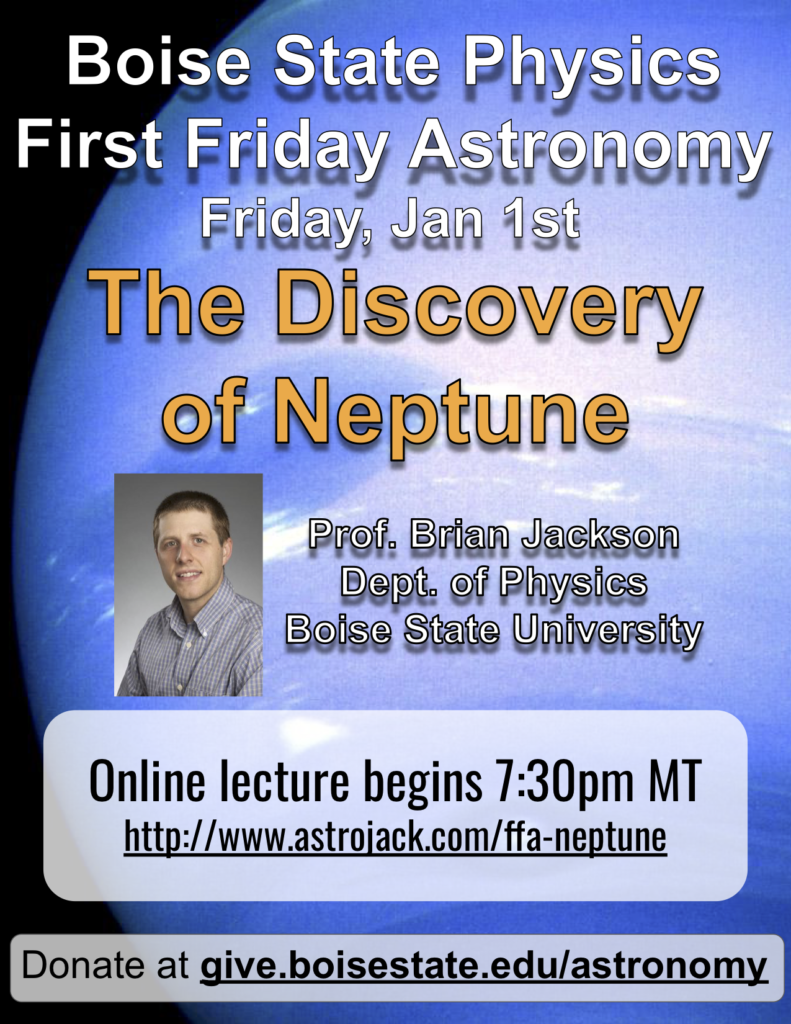
You may not know it, but every time you sweep your floor, you’re conducting an experiment in planet formation. The growth of dust bunnies under your broom resembles in some ways the processes of agglomeration that took place in the early Solar System and eventually produced the planets. By studying ongoing planet formation in other solar systems, we can probe the murky origins of our own Solar System. Insights from a Enlightenment-era German philosopher and World War II mathematicians, bolstered by newly bloomed mechanical desert flora, are uncovering the chaos that pervaded our Solar System’s beginnings.
Continue Reading